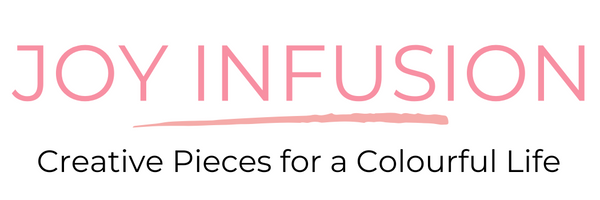
A beginners guide to textured art
When you view an artwork, it is mostly a flat (ish) surface. Textured art differs as it aims to create volume, mass and dimension.
Appreciating textured art is about valuing the beauty in imperfection, perfectly imperfect, organic and irregular. Textured art moves away from traditional art to a tactile experience. Inherent to the design are marks, bumps, lumps, scrapes, cracks and scourges. It is a thing of beauty, like nature herself. It’s not for everyone. But it is for me and I hope you love it too.
For those new to textured art the raised surfaces create interaction with light and shadow, with smooth and rough, while embraced within the fluidity of painted effect, and the added element of dimension.
There are a number of different textures that can be used. Sometimes different pastes are mixed in different ratios depending on the design one wants to create. Sometimes the acrylic paint is mixed into the paste, other times it is added after. Sometimes there are embellishments and other materials used in the construction of a piece.
There is no right or wrong with textured art. It is an emotional pull, a connection between the work and the eye of the beholder that makes it special. Some work is highly textured, like the BLOOM series. Big dips, bumps, marks and cracks are present in these works. Other works may only have a hint of texture to them, like the Time and Space series. Anything goes.
The textured paste is sometimes called a medium. It can be gloss or matte, gel or like a yogurt consistency. It is usually white or creamy and pliable. Some creatives add coffee grounds or ash or other coarse materials to their paste. It is really a world to be explored. Some artists place the texture using a palette knife, others a spatula and some even pipe it on like the Australian based artist Alex Mason, who creates amazing floral fields of colour.
Another place textured art shines is in mid century design. Henri Hagelberg is a master of this style. At Textuuri you can find beautiful examples of circle work and organic inspired canvases and prints that reflect textured art at its best.
That is your quick 101 guide to appreciating and understanding textured art. Until next time, stay creative, Elizabeth.
